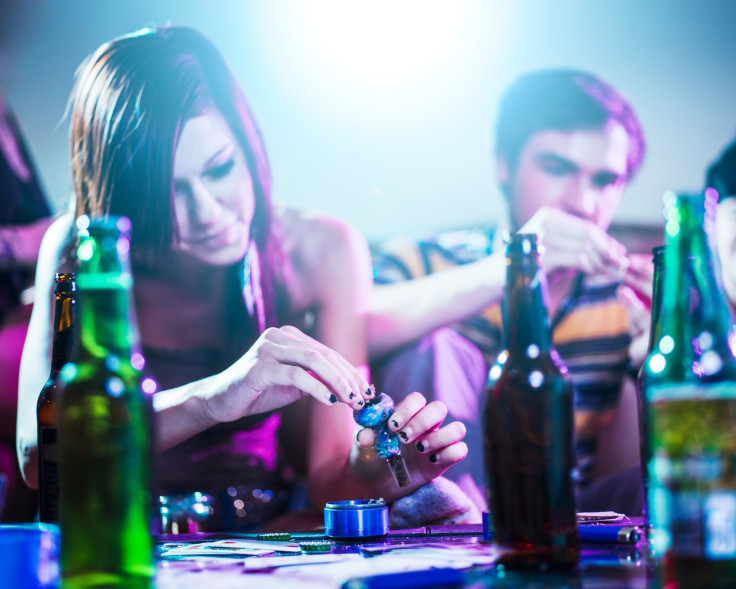After School Special: 'Positive School Climate', Not Drug Tests Might Deter Use Among High Schoolers

A new study should demonstrate one thing to administrators about school drug testing: You’re doing it wrong.
Although one in five U.S. high schools test students for drugs, most test only those suspected of drug use or those participating in extracurricular sports and other activities — the kids least likely to do drugs and the most savvy at avoiding the consequences. On the other hand, universal drug testing at some high schools across the country has been met by students and parents, sometimes, as an insult to wholesome American children from good families. "Even though drug testing sounds good, based on the science, it's not working," said Dr. Daniel Romer, of the University of Pennsylvania Annenberg Public Policy Center in Philadelphia.

At best, drug testing programs might motivate some students to abstain from illicit substances such as marijuana, particularly as a prelude to a favored sports season. However, little evidence shows drug testing as effective in lowering the rate of substance use among high schoolers, with prevention efforts often targeting the wrong students. "So as a prevention effort," Romer said, "school drug testing is kind of wrong-headed."
In the study, Romer and his colleagues interviewed 361 students, one-third of whom said their schools tested for drugs. But beyond drug testing, they asked students to rate their schools according to criteria such as “clear rules” and respectful interactions among students and teachers. Interestingly, a difference emerged after a year between those students who’d rated their schools as mostly positive versus mostly negative. Students in “positive environments” were 20 percent less likely to smoke dope, while also 15 percent less likely to go for a cigarette.
However, no amount of “positivity” at school affected alcohol use. At both points in the study, two-thirds of the students told researchers they drank alcohol, a prevalence Romer explained as “normative” behavior in American society. "The whole culture uses alcohol," he said. "And you're fighting something that has widespread marketing behind it.”
American adolescents are saturated by sports-related ads featuring young adults partying with alcoholic beverages, particularly on a January Sunday with NFL playoff games on television. Romer described underage drinking, as opposed to lesser uses of other substances, as a real problem for parents and school administrators. “And right now we’re not doing enough to address it.”
Source: Sznitman, S. R., Romer, D. Student Drug Testing and Positive School Climates: Testing the Relation Between Two School Characteristics and Drug Use Behavior in a Longitudinal Study. Journal of Studies on Alcohol and Drugs. 2014.
Published by Medicaldaily.com



























